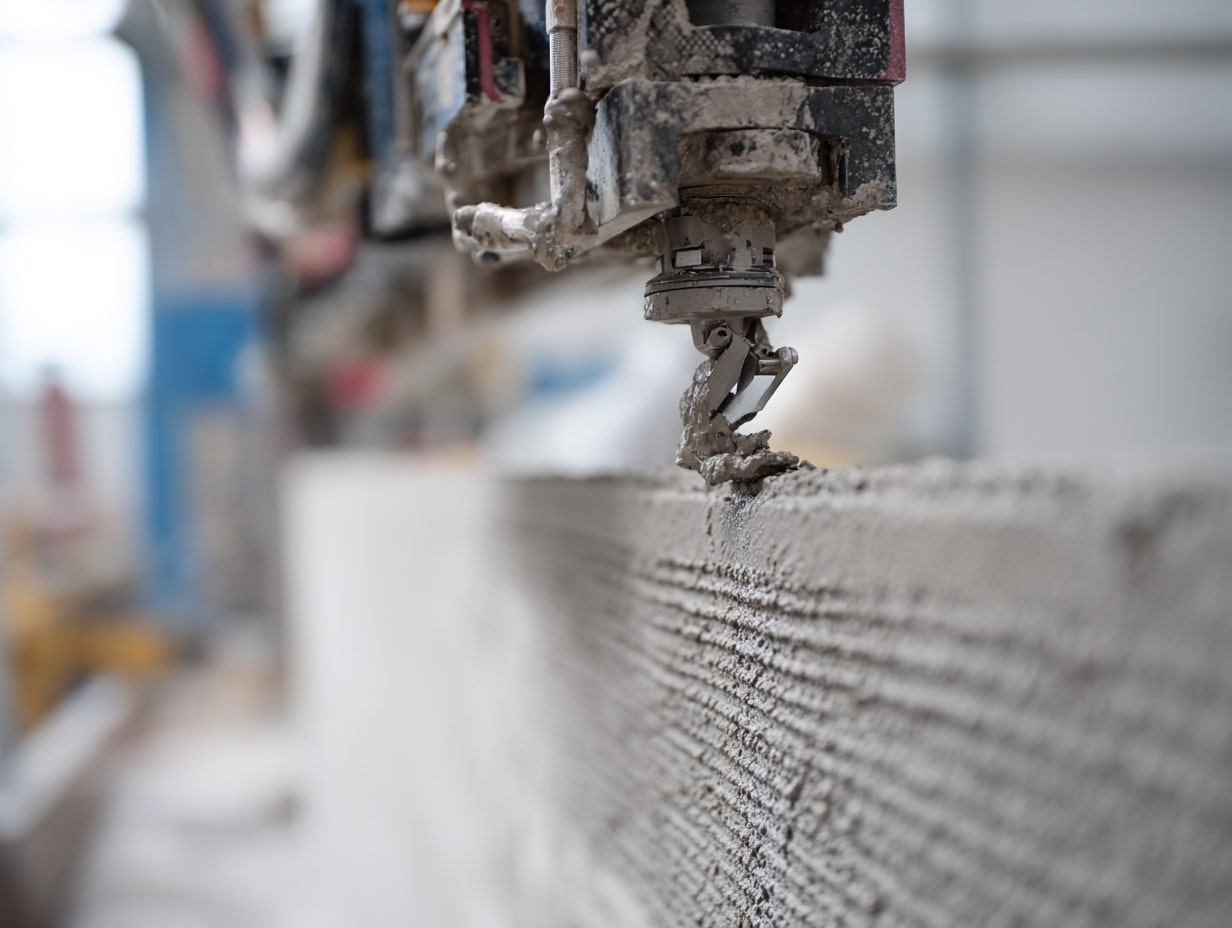- Home
- Articles
- Architectural Portfolio
- Architectral Presentation
- Inspirational Stories
- Architecture News
- Visualization
- BIM Industry
- Facade Design
- Parametric Design
- Career
- Landscape Architecture
- Construction
- Artificial Intelligence
- Sketching
- Design Softwares
- Diagrams
- Writing
- Architectural Tips
- Sustainability
- Courses
- Concept
- Technology
- History & Heritage
- Future of Architecture
- Guides & How-To
- Art & Culture
- Projects
- Interior Design
- Competitions
- Jobs
- Store
- Tools
- More
- Home
- Articles
- Architectural Portfolio
- Architectral Presentation
- Inspirational Stories
- Architecture News
- Visualization
- BIM Industry
- Facade Design
- Parametric Design
- Career
- Landscape Architecture
- Construction
- Artificial Intelligence
- Sketching
- Design Softwares
- Diagrams
- Writing
- Architectural Tips
- Sustainability
- Courses
- Concept
- Technology
- History & Heritage
- Future of Architecture
- Guides & How-To
- Art & Culture
- Projects
- Interior Design
- Competitions
- Jobs
- Store
- Tools
- More
How to Train Your Team During a CMMS Implementation

Implementing a Computerized Maintenance Management System (CMMS) is a big step forward for any maintenance team. It’s about people. Specifically, how well your team understands and uses the new system.
Training is more than just a task to complete. It’s the foundation for long-term success. Get it right, and your CMMS becomes a powerful tool. Get it wrong, and you’ll face frustration, delays, and wasted time. However, the success of a CMMS implementation depends on more than just the software.
Let’s explain how to train your team effectively during a CMMS implementation.
Table of Contents
Toggle1. Start With the Why
Before you dive into screens, clicks, and features, explain the purpose behind the change.
People resist what they don’t understand. Therefore, explain to your team the purpose of implementing the CMMS. How will it help them? Will it reduce paperwork? Will it make work orders easier to track? Will it help with preventive maintenance?
Make the benefits clear. If the team sees how the system helps them—not just management—they’ll be more motivated to learn.

2. Involve the Team Early
Training starts long before the official sessions. Bring in team members during the planning stage of the CMMS implementation. Let them see the system, ask questions, and—even better—test it.
Early involvement helps build ownership. People are more likely to embrace something they helped shape.
Furthermore, your frontline technicians often know where the real problems are. Their feedback can help configure the CMMS so that it actually works.
3. Keep It Hands-On
Don’t just talk about the system—use it.
People learn best by doing. So, your training should focus on tasks such as creating work orders, updating asset details, logging time, or requesting parts.
Set up a test environment. Let the team experiment without fear of messing things up.
Make sure the training mirrors their actual work. If someone only deals with parts inventory, tailor their training to that—no need to overload them with features they’ll never use.
4. Train in Short Sessions
Long training sessions lead to information overload. People stop paying attention, forget things, and get frustrated.
Instead, break training into short, focused sessions. Each session should cover just one or two topics. For example:
- Session 1: Logging in and dashboard overview
- Session 2: Creating and closing work orders
- Session 3: Scheduling preventive maintenance
Short sessions give people time to absorb the material and ask questions. They also reduce disruption to daily operations.
5. Assign “Super Users”
A super user understands the system well and helps others use it. They don’t need IT skills but should be CMMS-savvy and team-oriented.
Choose one or two people from each team or shift. Give them extra training. Let them work closely with the vendor or implementation team.
When questions arise, people often feel more comfortable asking a peer than going straight to management or support.
Super users also become valuable assets for future updates and process changes.
6. Document Everything (But Keep It Simple)
Training shouldn’t end when the session is over. People will forget things, especially if they don’t use the system immediately.
So, create quick reference guides. Use screenshots. Keep the language plain. Avoid jargon.
Better yet, record short videos of key tasks. “How to create a work order” doesn’t need to be a 10-page document. A 2-minute video can be far more effective.
Make all this material easy to find—on your intranet, shared drive, or even printed and posted in common areas.
7. Build Training Into Daily Work
Once the system goes live, reinforce the training. Set aside 5–10 minutes in daily huddles to answer CMMS questions. Use accurate work orders as examples.
Encourage team members to try the system themselves instead of asking someone else.
If someone makes a mistake, treat it as a learning opportunity. Avoid blame. Focus on improvement.
The more the team uses the system, the faster they build confidence.
8. Collect Feedback and Adjust
Training shouldn’t be a one-and-done event.
Ask your team what’s working—and what’s not. Are there steps that seem confusing? Is the interface slowing them down? Do they need more help with a particular feature?
Use this feedback to adjust your training. You may need a follow-up session, and your training guide requires more explicit language.
Also, share wins. Highlight how the CMMS has helped reduce downtime, improved response times, or made scheduling easier.
Celebrate progress. It keeps motivation high.
Final Thoughts
A CMMS implementation is only as strong as the people using it. Train your team correctly, and you’ll turn a new system into a long-term advantage. Start with clear goals. Keep training simple, practical, and ongoing. Support your team at every step. When your people succeed, your CMMS succeeds.
illustrarch is your daily dose of architecture. Leading community designed for all lovers of illustration and #drawing.
Submit your architectural projects
Follow these steps for submission your project. Submission FormLatest Posts
3D Printed Homes: Time, Cost, and What to Expect
3D printed homes explained: realistic timelines (24–72h walls, 8–16 weeks total), true...
How a Contact Centre Boosts Trust in Your Building Business
In construction, trust is the glue that holds projects together. Clients need...
How Real Time Parcel Geolocation Is Redefining Last Mile Efficiency for Modern Businesses
Last mile delivery has become the most critical point in the customer...
How Can Small Spaces Stay Stylish and Relaxing?
In today’s fast-paced urban lifestyle, small living spaces are becoming increasingly common....












Leave a comment